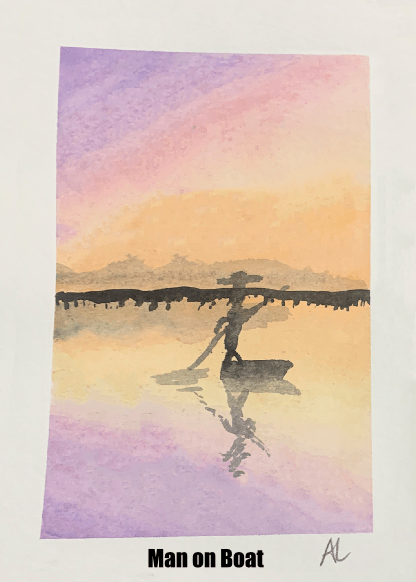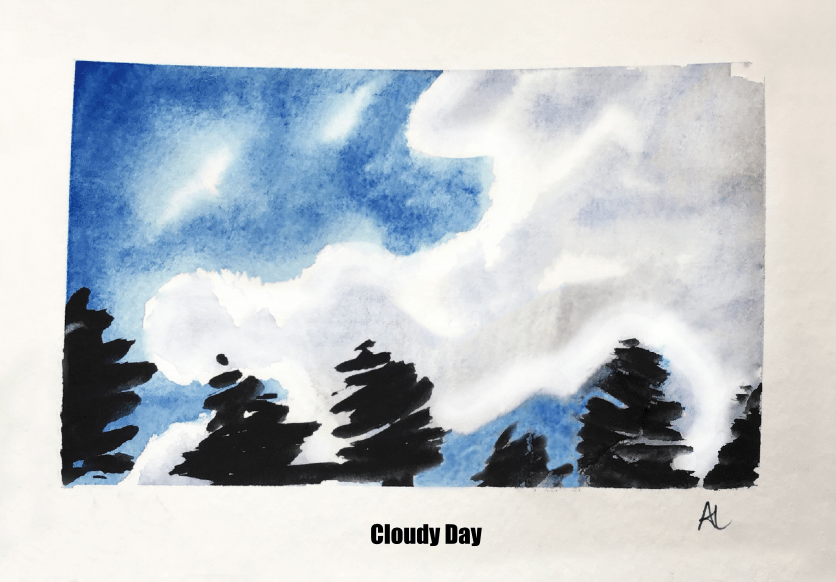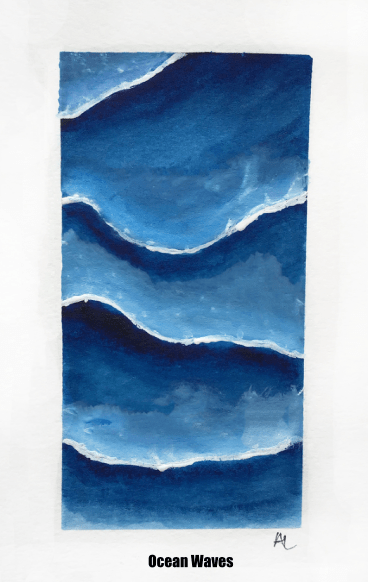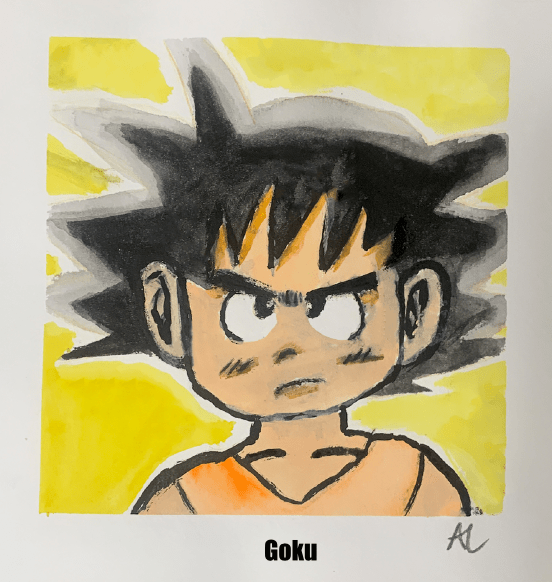Session 1
Principle – Law of magnetism
“Who you are is who you attract” – John C. Maxwell
This principle talks about how what kind of person you affect connects to what kind of leaders you are. I feel like this simple quote really changes what kind of leader you can become. For example, if you attract bad, negative leaders, you will know that you are just like them to other people’s eyes and will have to fix whatever problem you have. On the other hand, If you are attracting kind, creative leaders, you will know that you are demonstrating these qualities yourself. I feel like this is very important, as there were many times this happened in real life. There have been times where everyone in my school group was very open-minded and positive, which lead me to work more efficiently and finish tasks faster. There also have been times where I was in a group where two people had completely different ideas, which lowered the mood for everyone in my group and lead to nobody taking responsibility for our group. I will use this principle in leadership activities by always reminding that my mind, feelings, and energy level will contribute to how everyone does in my group. If I see that everyone is feeling down, this time I will step up and be the first one trying to spread positivity.
Session 2
Principle – The leadership challenge (Leaders are hard to find. Leaders are hard to gather. Leaders are hard to unite. Leaders are hard to keep)
This principle describes how the biggest challenge in leading people is that you have to lead someone who is trying to get to your spot. Leaders are hard to find means it is hard to spot a leader, as you will not know anything about them. Leaders are hard to gather means that the person who you want to make a leader will be hard to persuade into joining you. Leaders are hard to unite means that because everyone under you is a leader, it will be hard to make everyone work with each other, as everyone wants to lead, not follow. Finally, Leaders are hard to keep connects to the third statement, if they don’t want to be a follower for a while, they will leave. I chose this principle as most people, including me, wants to be a leader, not a follower. I need to learn how to convince and persuade people into liking me and joining me. I feel like this is important as I have found out that people work more effectively and efficiently if joined you because they like you, not because I have more power. I will use this principle in leadership activities by always asking the person who is working with me if they are comfortable with the way I am. If they say they don’t like how I lead, I will ask them how I can improve, and take time to fix my mistake.
Session 3
Principle – Work on yourself MORE than you work on others, and work on yourself BEFORE you work on others
This principle explains how in order to help and make other leaders grow and improve; you should work on yourself so that you can train yourself to your highest potential. Most challenges leaders have begun with themselves, and it is important to focus on growing and focusing on yourself first. If you do not follow this principle, it will affect both you and the person you are working on in a negative way. I chose this principle from this session as I have struggled with this problem before. On many occasions, I have worried about how other people are doing then checking myself and seeing if I could improve in any way. This has happened especially a lot when I am working with the grade nines, as I automatically think I know more than them, so I shouldn’t have to work on myself but instead only work on the grade nines. I will need to fix this problem so that I can mentor, lead, and grow leaders that need my help. I will use this principle on leadership activities by thinking to myself, “did I train myself enough to teach other people?”. If not, I will make sure that I fully understand and know what I am doing, and then help other leaders.
Session 4
Principle – I Motivate
This principle describes how motivation in a group is important. This directly relates to the principle I chose from the first session, which was the law of magnetism. I feel like this is often overlooked, but important as once the team morale is down, nobody feels like they have to take responsibility for whatever task they are doing. Great leaders need to motivate their team so they can work more effectively and efficiently. I chose this principle as I believe that I must improve myself and think of the reason I am doing whatever task I have. If I can’t find a reason for what I am doing, I will know that most people that I am leading also are not motivated (as there is no clear goal). Also, I realized that I need to change my leadership mindset first before I lead people, which also connects to the principle I chose for the third session. I will use this in leadership activities by thinking of goals and the reason we want to do a task, and then starting on it. By doing this, I will be motivating both myself and my team and we will accomplish tasks a lot quicker than possible.





